order

Coleoptera
“Adult Beetles”

Coleoptera
“Larval Beetles”

Diptera
“True Flies”

Ephemeroptera
“Mayflies”

Hemiptera
“True Bugs”

Lepidoptera
“Aquatic Caterpillars, Snout Moths”

Megaloptera
“Alderflies, Dobsonflies, and Fishflies”

Odonata
“Dragonflies and Damselflies”

Plecoptera
“Stoneflies”

Trichoptera
“Caddisflies”
family
Dytiscidae
“Predacious Diving Beetles”
Genus Overview
Larvae and adults occur in slow-moving streams and among rooted plants of lentic habitats; both life stages are piercing predators. Adults are efficient swimmers and divers.
Characteristics
POLLUTION TOLERANCE
Southeast: 9.1 and higher
Midwest: 5 and higher
Mid-Atlantic: 5 and higher
0 = least tolerant, 10 = most tolerant
FEEDING HABITS
Piercer / Predator
MOVEMENT
Diver
Swimmer
Swimmer
DISTRIBUTION
Widespread (east of the Rocky Mtns.)
HABITAT
Lentic-littoral
Lotic-depositional
Lotic-depositional
Diagnostic Characters
Order
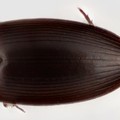
Elytra
Family
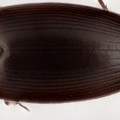
Coxal Plate Not Wedge-like

Extended Hind Coxae
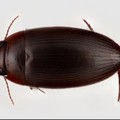
Large Spurs Absent
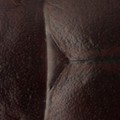
Scutellum Usually Visible
+ Expanded Character List
Order:
Adults with hardened forewings (elytra) covering the hind wings.
Family:
Ventrally, pronotum with conspicuous curved lines near each lateral margin (notopleural sutures). Metasternum without transverse sutures. Elytra covering entire abdomen or exposing only part of 1 tergite. Hind coxae each with median portion extending in posterior direction, dividing abdominal segment 1 into lateral sclerites, but not expanding into broad plates. Without large spur on end of each front tibia. Dyticidae without broad wedge-like hind coxal plate. Scutellum usually visible; if hidden, then front and middle tarsi apparently 4-segmented and hind tarsi each with 1 claw. Hind tarsi and usually tibiae flattened, streamlined, and bearing long, stiff swimming bristles. Body usually 3–25 mm long.
Genus:
Smaller beetles 3.5-5.0 mm long. Elytra with longitudinal striae. Metacoxal lines strongly convergent and almost contacting medial line anterior of metacoxal lobes, then diverging anteriorly. Metafemora lacking groups of setae at posteroapical angles.
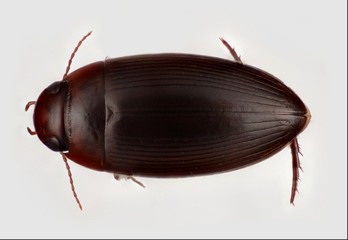
Dorsal



